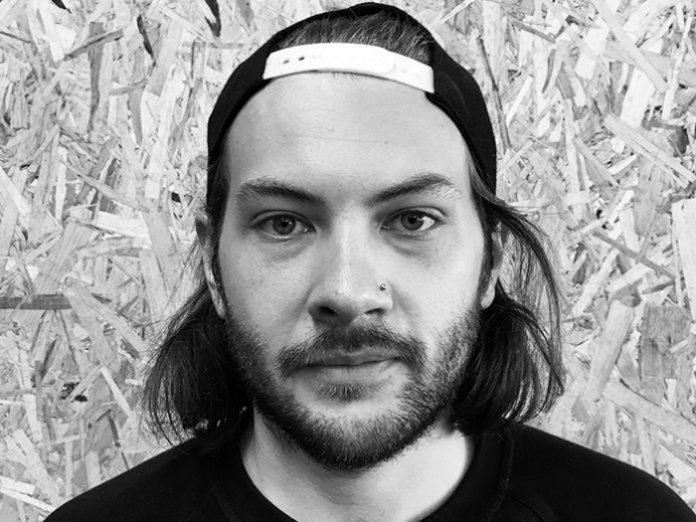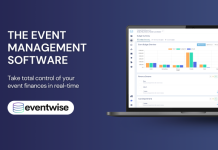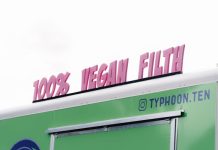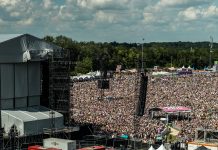Nathaniel Hanna is the Managing Director of Stax Creations. After studying Visual Communication at the Birmingham School of Architecture and Design, he took his expertise into the third dimension in 2014 by founding Stax Creations. He now works closely with Stax’s Creative Director Chris on conceptualisation and creative design, and leads on technical design and build.
What’s the most important part of a festival? Well there are the performers, obviously. Then there are the facilities and the ticket prices. But there’s something else too: the environment.
More and more festivals are realising that the look and feel of the actual space is right up there in terms of creating the right vibe and getting a buzz going.
When the festival-goers start to arrive, do they think wow or do they think just 10 hours to go until the band I came for starts to play.
So how do you create a space that’s so stand-out it will impress the guests? Well you start at the beginning and accept it is not an add-on or a ‘nice to have’. It’s fundamental to the success of the whole event.
That means finding a creative production company early and working through the options. First, you need to decide the look and feel that you want to achieve. Is there an overarching theme? Or do you want different spaces to tell different stories?
Keeping the audience in mind is crucial if you want to get this right. Aim to create a site plan that wows them from the start and offers a series of magical pathways linking the various key spaces in a way that will surprise and delight them.
Turn gourmet food areas into secret tea parties, build challenging artwork that can change its look from day to night and make sure the all important main stages look as inspiring as the bands that play on them.
One area that is often neglected is the entrance. When people arrive, you want them to know they’ve arrived. The entrance should say this is a fantastic place to be and promise a unique set of experiences. It’s a statement that sets out your scale and ambition and lets everyone know they’ve come somewhere special.
What’s becoming clear is that the events and festivals that get this right tend to build their brand more quickly than those who simply leave it to a muddy field, a set of tents and some headliners.
The fact that the event is so much more than a gig gets noticed fast and is reinforced on social media where powerful pictures spread the story.
The message from more and more successful festivals is clear. The audience might have come for the band, but they’re staying for the event. And that means they’ll come again.
Audience experience is now central to delivering repeat business and that means understanding the difference between a gig and an event.
Looking at recent results from Festicket, it’s very clear that festivals offering something unique tend to achieve higher sales. Most of the stand out events embraced creative design early and built it into the production from the start.
Some of the larger festivals that embraced this approach – like NYC, Download and Arcadia – chose to turn certain areas into amazing spaces. Others, like Boomtown, went even further and tried to transform their entire event, transporting festival goers into a fully immersive world that stimulates and challenges all five senses. These shows created an environment where audiences interacted with the space on numerous levels.
Whether they’re pondering the significance of a provocative artwork, communicating with actors in an interactive performance or simply enjoying the pleasure of a well themed space, they are sharing new experiences with hundreds of others and deepening their relationship with both the space and the event itself.
When you sum it up, it’s all about making the ordinary extraordinary. We love Gottwood Festival, Boom Festival in Portugal, Symbiosis Gathering and Desert Hearts Festival in the US for this. These shows transform their site into special spaces which speaks volumes about their brand values.
Obviously, any type of creative vision needs to be balanced with practicality, cost and profit. But what’s clear is that not having a creative vision and the ability to deliver it has a cost too. And that cost is getting increasingly high.






